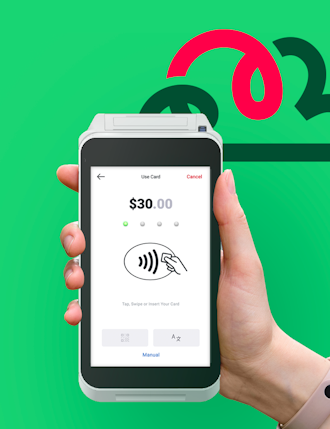In a recent blog, we revealed our research which has unearthed the fast-changing European payment trends across Mediterranean countries, driven largely by younger, mobile phone-reliant consumers.
Here, we reveal ‘part II’ of that story – the major differences from place to place which mean that acquirers need to be flexible if they wish to target more than one geography within this very lucrative regions.
And who would not, given that digital payment transactions are set to pass the $802bn mark this year – rising to nearly $1trillion by 2023.
Our latest research drills down to look at how these developments are panning out, country-by-country, with some perhaps surprising findings. Below is a flavour of what we discovered, plus a link to download the full report.
Understanding national preferences is vital
In order to tap into rich new payment markets across Europe, it’s important to know what makes their consumers – and the merchants that serve them – tick.
For example, in Italy and Spain, card payments are in high demand, with usage of 56.6 per cent and 57.5 per cent respectively, compared to the European Union average of 49 per cent. At the same time, e-money reliance in Italy is also well above the EU average of 3.6 per cent, at 11 per cent. While cheques are still popular in France, where 7.4 per cent or people still use them, well above the 1.8 per cent EU average.
Shopping habits drive payment choice
Not surprisingly, how and where people shop in different countries also varies in line with their particular choice of payment type. By understanding this purchasing behaviour, again, acquirers can better help merchants adapt and accommodate their customers’ changing needs, and the types of payments and finance they use provide key clues as to what these are.
For example, the value of card transactions carried out at point of sale (POS) terminals differs significantly by country. In Spain, these amount to €166bn out of €180bn, or 92 per cent, mirroring France where €478.8bn out of a total of €519.6bn are carried out this way. In Italy, the figure is even higher, at 97 per cent or €375.5bn out of €385.6bn.
Meanwhile, the number of small and medium-sized enterprises (SMEs) selling online, country-by-country, offers some interesting comparisons, with 7.91 per cent in Italy to 15.78 per cent in France and 19.56 per cent in Spain.
And consumers’ preferred shopping methods are equally thought-provoking. In Spain, out of the 66 per cent of Spaniards shopping online, 53 per cent use their mobile phones to do so. In Italy and France, however, less people use their mobiles for purchasing online. In Italy, the figure for mobile use is just 34 per cent of the 49 per cent who shop online – while in France, of the 63 per cent doing online shopping, only 35 per cent use their mobiles for it.
Change is inevitable – will you run with it?
Given the speed at which payment trends are changing, understanding specific behaviors in each country is crucial in order to anticipate how they will develop, and step in to help meet that demand.
Looking at the individual national figures, we could also begin to ask ‘does one country have an advantage in payments and therefore offer the most opportunity, and if so, why? For example, in some respects, Spain appears to be the best prepared, with nearly 20 percent of its SMEs already online despite having the lowest population by comparison with the other European nations included in our research. Italy, though, seems to lag the furthest behind in terms of eCommerce, with less than 8 per cent of its SMEs having online stores, albeit this reflects the shopping habits of a population underserved in terms of internet access.
Conclusion
It’s clear that, when it comes to European payments, one size really does not fit all. Merchants in different countries have contrasting needs, as they strive to serve diverse populations, and these national characteristics need to be very much at the forefront of acquirers’ minds.









